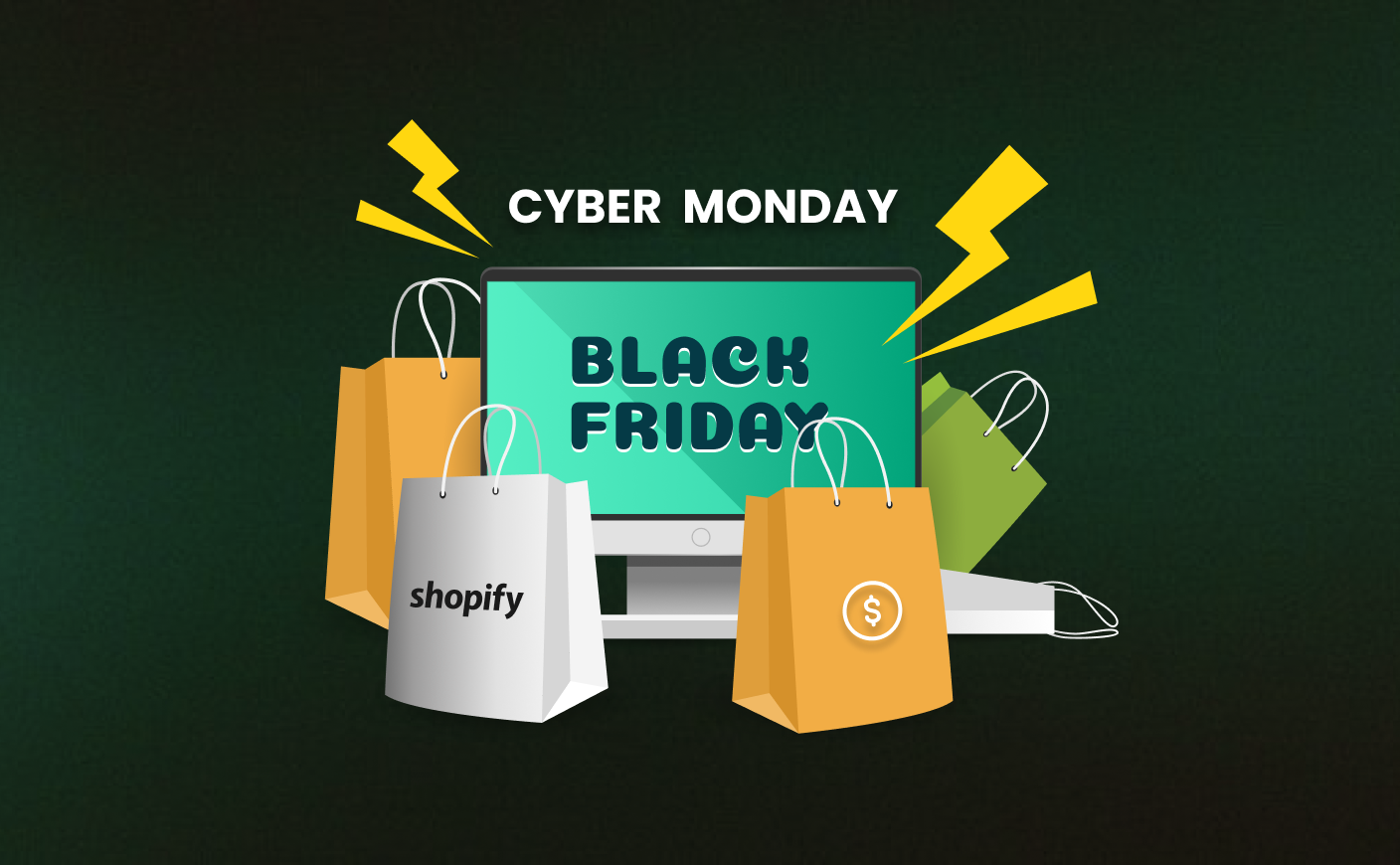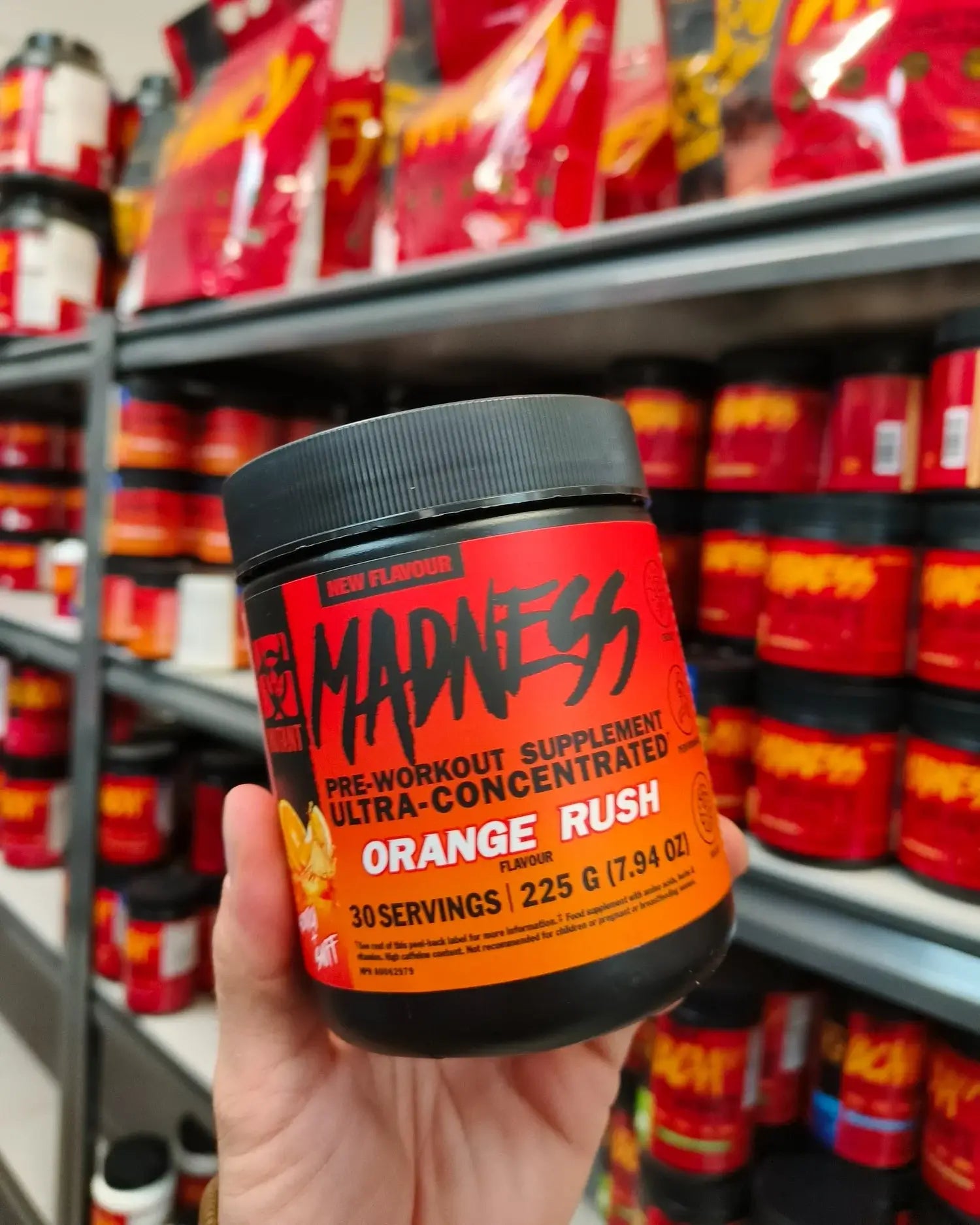Tips For Getting More Traffic To Your Shopify Store in 2024
Consultany
Content & Branding
Strategy

Every successful ecommerce site knows how to consistently drive traffic to their stores. However, the story is not the same for many mid or small sized businesses. Some fail to connect with their audience while some hit a plateau when it comes to increasing their sales.
With the total ecommerce sales reaching a value of $4.28 trillion in the year 2020, there is no sign that this number will stop growing anytime soon!
To capitalize on this huge number, you need three key elements:
- A solid ecommerce platform
- A great product
- Steady traffic
Well, if you have a Shopify store, you are most probably halfway there. But here comes the tricky part - driving in traffic which will lead to more sales.
That’s why our Shopify experts have come up with 10 proven strategies to help you build a steady flow of traffic to your Shopify store.
7 Proven Strategies To Drive Traffic To Your Shopify Store
Let’s dive into the seven proven strategies that have helped us bring traffic to some of the best Shopify stores.
#1 Running a paid ads campaign
One quick and efficient approach to find and attract customers to your online store is through paid advertisements. Advertising on social media and search engines puts your brand in front of target consumers who are most likely to buy your products.
For doing this, keep these 3 points in mind:
Choose your platform: Select platforms like Google or Instagram based on your audience.
Define your audience: Target users by demographics, interests, search intent, location, and purchase history.
Set a budget: Your ad will be shown until the budget is used up.
Top platforms to consider:
- Google Ads: Use search, display, Shopping, and YouTube ads. Bid on relevant keywords to improve ad placement.
- Instagram Ads: With 90% of users following at least one business, Instagram is ideal for reaching potential customers through photo, video, stories, and carousel ads.
#2 Take advantage of giveaways
Organizing competitions and giveaways is a great method to increase traffic to your online store. You can significantly boost your exposure by giving away free merchandise, giving discounts, or collaborating with influencers and businesses.
To get the most out of your freebies and contests:
- Choose the appropriate consumer segment by learning about their values and the influencers they follow.
- Gather the email addresses of the participants; they will come in handy for upcoming marketing initiatives.
- To incorporate giveaways into your blog or landing pages, just use tools such as Gleam, VYPER, Woobox, or Shopify contest apps.
- Promote your giveaway with influencer connections and social media ads, and encourage participants to post on social media for a chance to go viral.
Tip: You can also read our guide to Shopify Collabs to increase your brand’s exposure.
#3 Collaboration with other brands
While branded giveaways are an effective tactic, collaborating with other well-known businesses can help you reach a wider audience and achieve more success. The key is to collaborate with brands that target a similar audience but aren't direct competitors. For example, if you sell outdoor gear, partner with an outdoor apparel brand. If you sell couches, work with a candle maker or an interior design company.
You can look for possible partners on sites like LinkedIn and Instagram, or you can use DojoMojo to select brands based on location, prior performance, and social media following.
Co-branded giveaways, when used properly, can significantly raise traffic to your Shopify store.
#4 Influencer marketing
By collaborating with influencers that share your vision, you can use social media to promote your Shopify store and increase traffic. Here's how to get the most out of your influencer marketing initiatives:
- Choose the right influencers: Focus on micro-influencers (10k–100k followers) in your niche for higher engagement and a loyal audience. Avoid macro-influencers as they can be costly and less targeted.
- Check engagement quality: Look for influencers with thoughtful, meaningful comments, not just reactions or emojis.
- Offer fair compensation: Pay influencers fairly, whether through a fixed fee or commission via unique discount codes.
- Allow creative freedom: Share brand guidelines but let influencers create content that resonates with their audience.
#5 Leverage video content
An effective strategy for increasing traffic to your Shopify store is video content. It is ideal for delivering client testimonials, demonstrating your products in action, and narrating the story of your company since it engages your audience more effectively than text or photographs.
Websites with a large audience base, such as YouTube, Instagram, and TikTok, can generate curiosity, shares, and comments, all of which can lead to customers visiting your store again. By consistently posting engaging videos, you’ll attract more visitors, increase brand awareness, and boost sales over time.
#6 SEO for Shopify
Don’t want to rely heavily on paid ads? No issues.
You can use SEO for Shopify to bring organic traffic to your Shopify store. Here are key SEO basics to consider:
- Keywords: Use tools like Ahrefs or Semrush to find low-competition, moderate-volume keywords. Incorporate them into headlines, product descriptions, and blog content, including long-tail keywords.
- Meta Descriptions: Generate concise meta-descriptions for web pages with targeted keywords.
- Page Speed: Improve loading times by compressing media files and optimizing code. Use Google PageSpeed Insights to check performance.
- Image Optimization: Use high-quality images with smaller file sizes, add proper alt text, and remove broken links.
Tip: You can go through our guide to learn more about how to write SEO friendly blogs on Shopify.
#7 Use chatbots
Most visitors leave a website by hitting the back button when they can’t find what they’re looking for, and once they exit, they’re unlikely to return. Using a chatbot to interact with consumers can be a very useful way to promote return visits.
Chatbots are automatic programs that instantly respond to enquiries from website users. A chatbot can provide consumers with anything they need, including product information, links, and assistance. This means that users will always have a great experience—even when they're sleeping!
One such example is the popular fashion firm Michael Kors, who introduced a chatbot on Messenger. With an astounding average containment rate of 98.32%, almost all users of this chatbot—which has drawn 375,000 users—completed their transactions without requiring assistance from a live representative.
Frequently Asked Questions
How long will it take to see results from these traffic-driving strategies?
The time it takes to see results can vary depending on the strategy you choose, your industry, and how well you execute it. For instance, paid ads can generate immediate traffic, while SEO efforts may take a few months to yield significant results. Consistent implementation of multiple strategies will lead to better outcomes over time.
What budget should I allocate for paid advertising on platforms like Google or Instagram?
Your budget for paid advertising can vary based on your overall marketing budget, goals, and the competitiveness of your industry. Start with a small budget to test different ad formats and audiences, then scale up based on what generates the best results. A common approach is to allocate 10-20% of your overall revenue to marketing, but this can be adjusted based on your specific needs.
How to choose the right influencers?
To select the right influencers, focus on those who align with your brand values and target audience. Look for micro-influencers (10k–100k followers) within your niche, as they often have higher engagement rates and more loyal followers. Evaluate their content quality and engagement metrics before reaching out, ensuring they have a genuine connection with their audience.
CrawlApps
At CrawlApps, we don’t just build Shopify stores—we create experiences that sell. We’re a bunch of problem-solvers who love turning ideas into stores that actually converts. Whether it’s fixing what’s broken or building something from scratch, we make sure every detail works in your favor. No fluff, no jargon—just real solutions that help your business grow. If you’re serious about Shopify, you’ll feel right at home with us.















